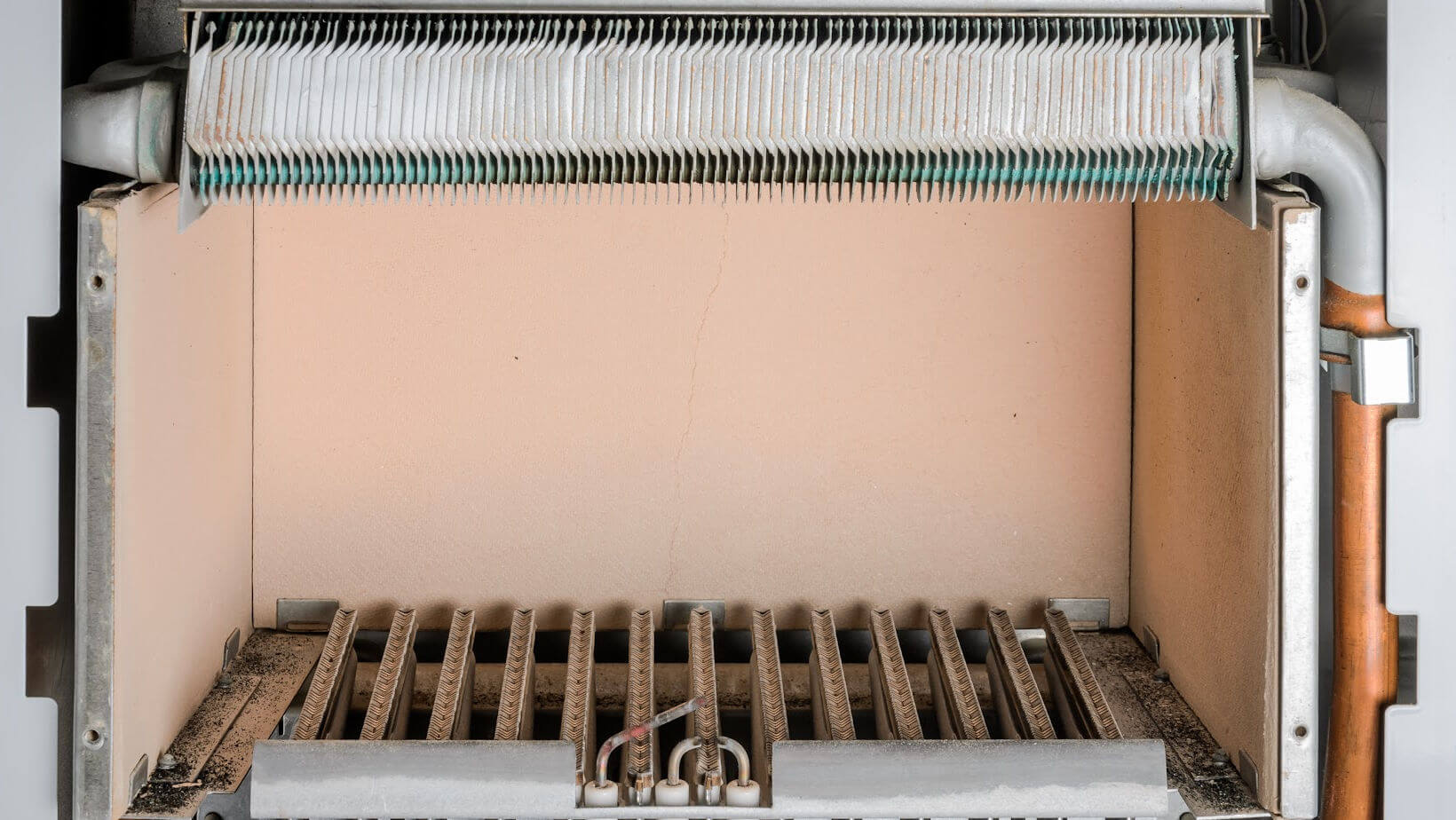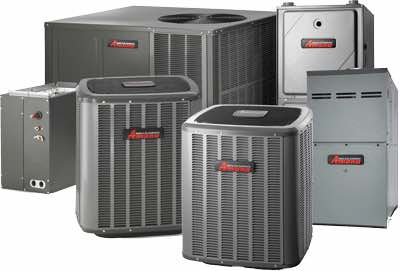

HVAC

Average Cost: $2,200 - $7,750
Read our in-depth review of Amana furnaces, including their product lineup, efficiency ratings, costs, warranty coverage, customer experiences, and how they stack up against other leading HVAC providers.
Our Verdict: Amana furnaces are a great option for homeowners seeking a balance of affordability, energy efficiency, and long-term reliability. They may not be the right choice for those who want advanced smart-home integrations or ultra-premium features, but for most households, Amana delivers dependable performance at a competitive price.
Amana, a trusted name in the HVAC industry, has built its reputation on reliable performance and energy-efficient technology. Known for offering high-quality products with advanced features at a reasonable price, Amana is a popular choice for homeowners who want durability without breaking the bank. Manufactured by the same company behind Goodman, Amana furnaces provide excellent warranties and are designed with innovative technologies to ensure long-term comfort and efficiency. From basic single-stage models to high-efficiency, variable-speed systems, dive into their range of options to fit different needs and budgets in our Amana furnace review.
| Best for | Top Model | Cost Installed | Standout Feature | Warranty |
|---|---|---|---|---|
| Budget-friendly, high-efficiency heating | AMVM97 Variable-Speed Furnace | $2,200 to $7,750 | Lifetime heat exchanger warranty | Lifetime heat exchanger, 10-year parts |
Amana has earned a strong reputation for offering dependable, energy-efficient furnaces backed by one of the industry’s best warranties. Their lifetime heat exchanger warranty provides long-term peace of mind, making Amana a standout for homeowners concerned about durability and future repair costs. For homeowners in colder climates, Amana furnaces deliver consistent, reliable heating — even in extreme conditions. Combined with their competitive pricing and nationwide availability through Goodman’s distribution network, Amana furnaces are an appealing choice for those who want value, quality, and confidence in their investment.
Like any furnace brand, Amana has its advantages and drawbacks. Below is a quick overview of the pros and cons to help you decide if this brand is the right fit for your home heating needs.
Pros
Cons

Amana offers a variety of furnaces designed to meet different comfort needs and efficiency goals. Here’s a breakdown of the types available:
Overall, Amana furnaces receive generally favorable feedback from homeowners who value their reliability, efficiency, and quiet operation. Many users appreciate the well-constructed design and high AFUE ratings, often noting that their Amana furnaces require minimal maintenance and deliver consistent heating performance. On the other hand, some customers have noted that warranty service can sometimes be slow or difficult to navigate, and a few have mentioned the higher-than-average installation cost for high-efficiency models — though they feel the long-term energy savings help balance that initial expense.
The unit is quiet and efficient, and our utility bill is about 9% lower over the last two months. – Amana review
This furnace is working very well, keeping my house warm and comfortable. It was installed just before a cold snap (-40) and functioned well. It’s quiet and I feel confident with it. – Amana review
Amana furnaces offer solid performance at competitive prices. Here’s a general cost breakdown, including installation:
When comparing Amana to other leading furnace brands, it’s clear that each manufacturer brings different strengths to the table. Amana stands out for its lifetime heat exchanger warranty and competitive pricing, while brands like Lennox, Trane, and Goodman may excel in areas such as ultra-high efficiency, advanced smart features, or broader model selections. To help you see how Amana stacks up, we’ve outlined the key differences in cost, performance, and features across top competitors.
| Brand | Cost Range Installed | Pros | Cons |
|---|---|---|---|
| Amana | $2,200 to $7,750 | Excellent warranty, high efficiency, affordable | Limited smart features, higher install costs |
| Goodman | $1,900 to $5,700 | Very affordable, reliable | Lower efficiency, shorter warranty |
| Lennox | $3,200 to $10,000 | Highest efficiency, advanced technology | Expensive, parts can be costly |
| Trane | $3,000 to $8,500 | Durable, advanced features | Higher price point, premium installation |
When shopping for a new furnace, it’s natural to have questions about installation, warranties, and long-term costs. Below are some of the most common questions homeowners ask about Amana furnaces.
Most furnace installations take one to two days, depending on the complexity of the job. If ductwork modifications or electrical upgrades are needed, the project could extend slightly longer.
Amana furnaces come with a lifetime limited warranty on the heat exchanger and a 10-year parts warranty (with proper registration). Some contractors also provide extended labor warranties, so be sure to ask your installer about coverage.
While Amana furnaces are competitively priced, installation costs can rise if your project requires new ductwork, electrical updates, or removal of old equipment. To avoid surprises, request a detailed written estimate that includes both equipment and labor costs.
With proper maintenance, Amana furnaces typically last 15 to 20 years. Regular tune-ups and filter changes will help extend the system’s lifespan.
Yes. Many Amana models achieve 95% to 98% AFUE ratings, meaning they convert nearly all of their fuel into usable heat. This high efficiency can significantly reduce heating costs over time.
Amana furnaces strike a strong balance between affordability, efficiency, and warranty protection. Homeowners appreciate the brand’s competitive pricing, high AFUE ratings, and lifetime heat exchanger warranty, which make Amana a smart investment for long-term comfort. On the downside, Amana systems may lack some advanced smart features and can be noisier than premium brands like Lennox or Trane. Installation costs for high-efficiency models can also run higher, which is something to keep in mind.
Amana furnaces are best for homeowners who want reliable, energy-efficient heating at a fair price without needing top-tier smart technology. They’re especially well-suited for budget-conscious buyers looking for dependable performance and strong warranty coverage. If you value premium features or ultra-quiet operation above all else, other high-end brands may be a better fit.
Read real homeowner reviews, explore qualifications, and view promotions. Modernize makes it easy to browse professionals and find one that will be perfect for your project.